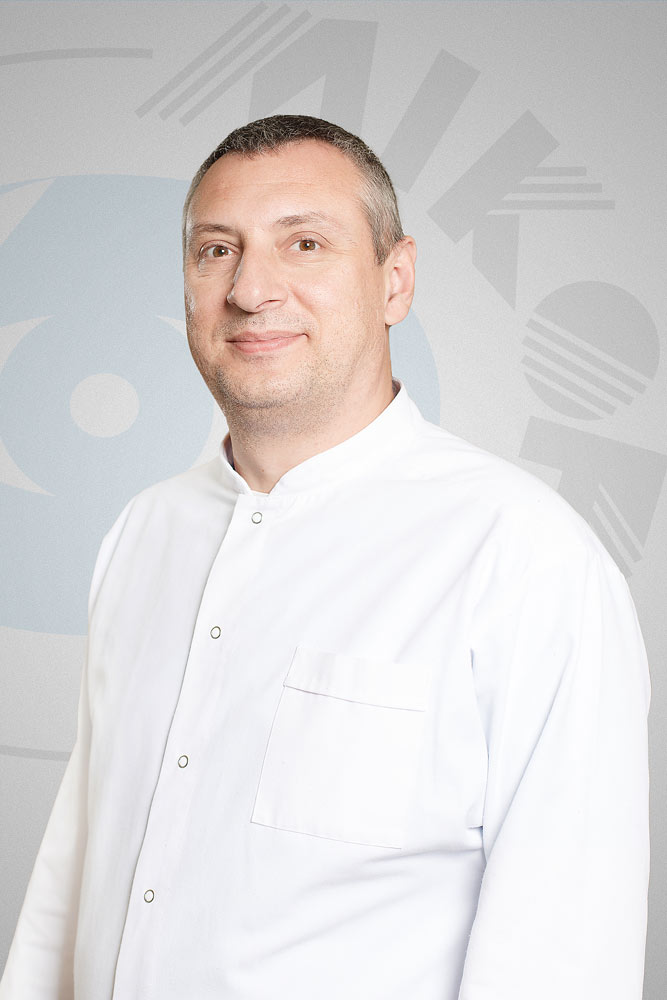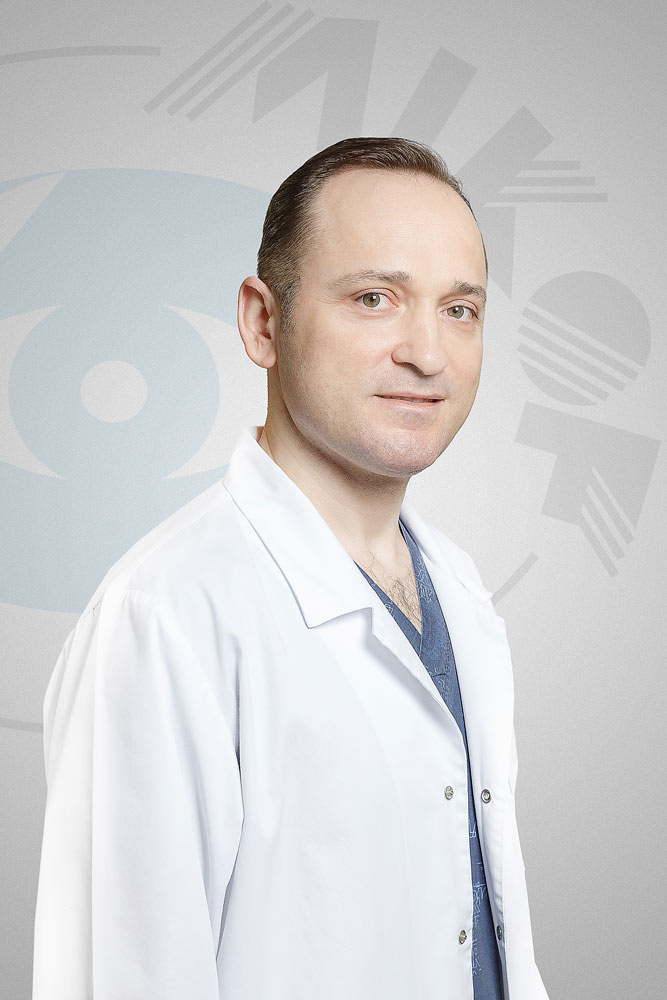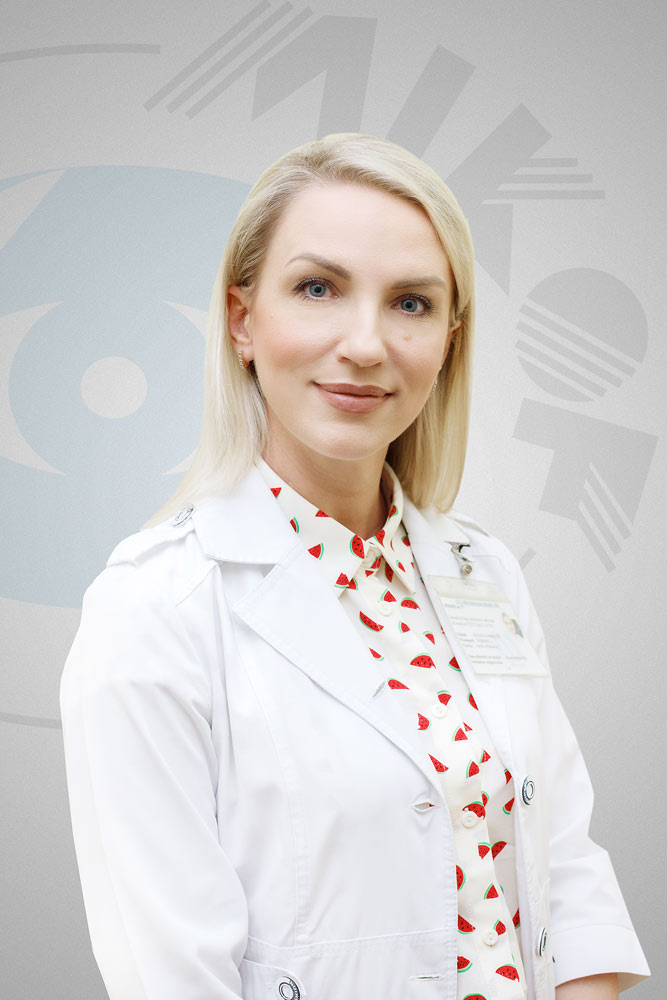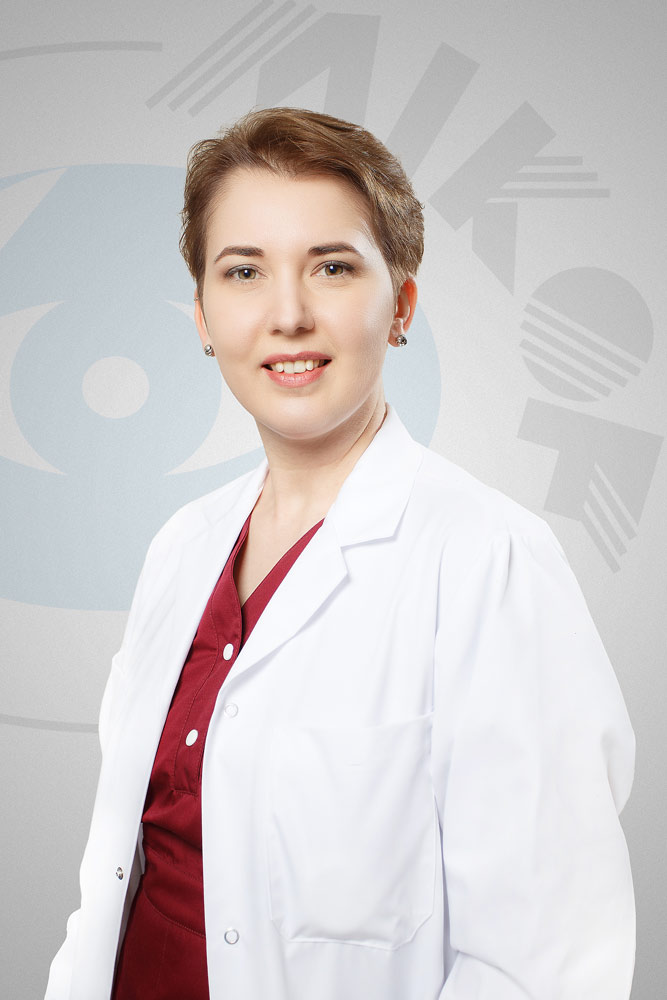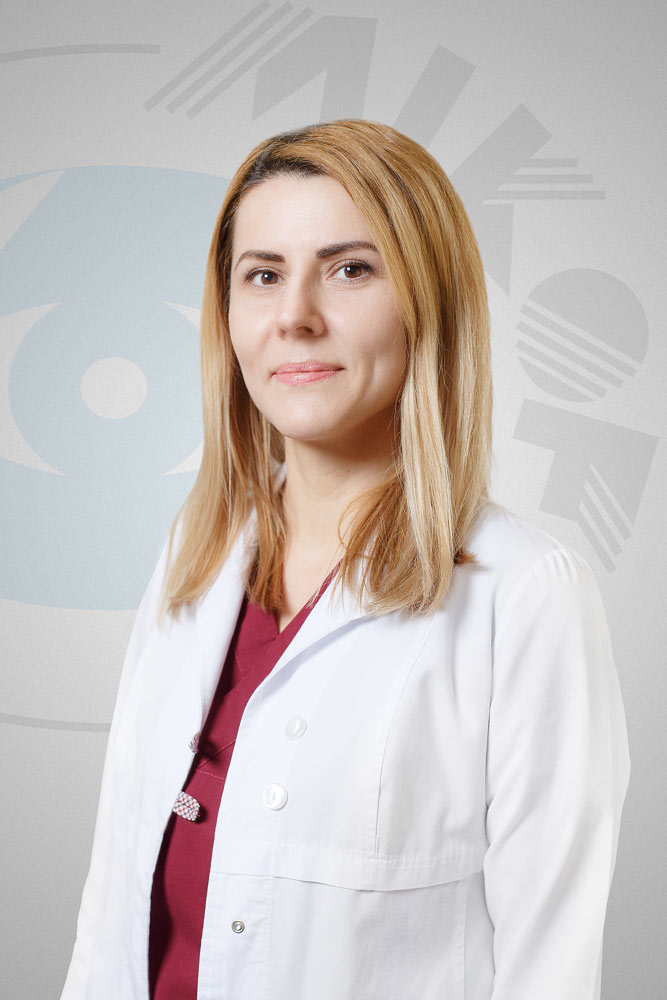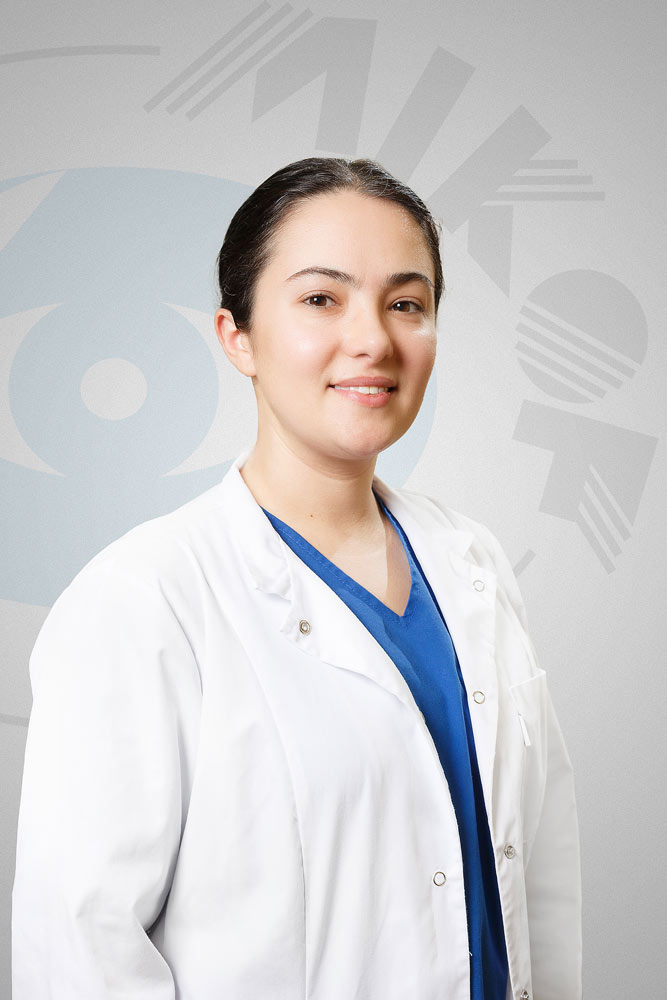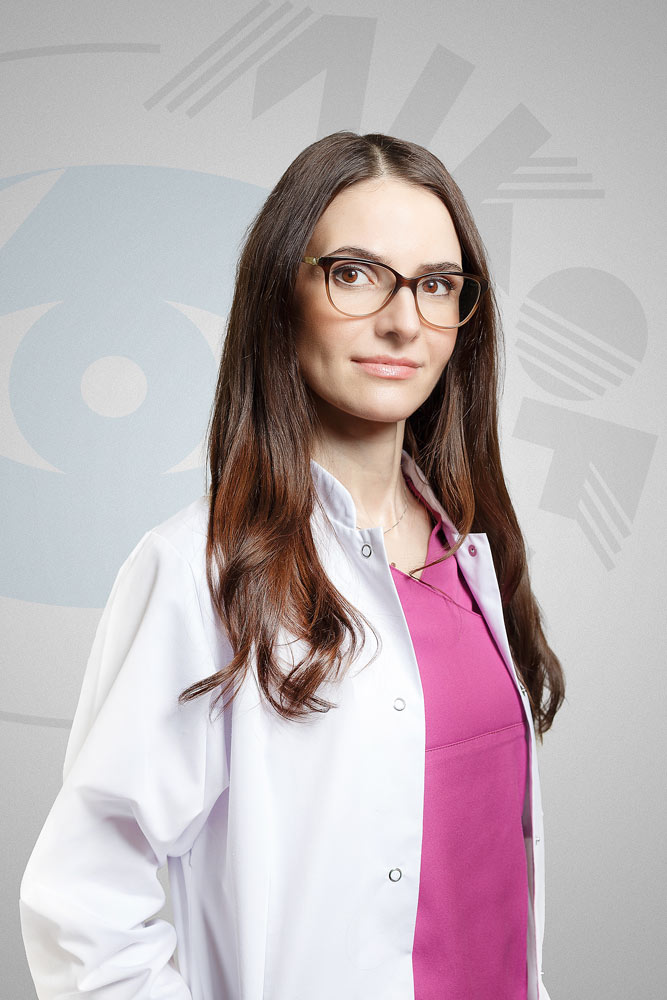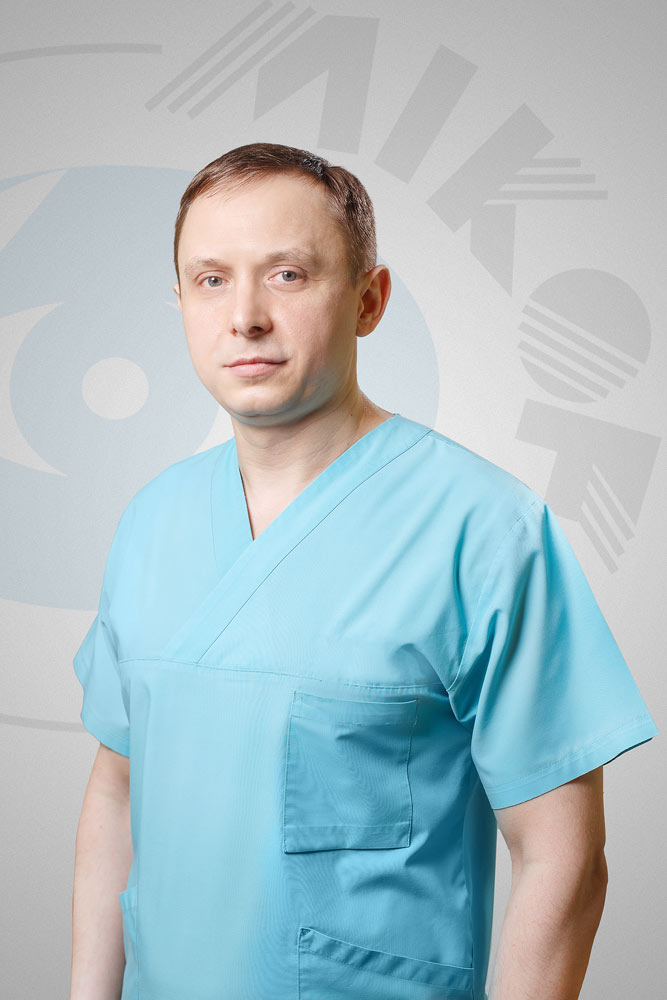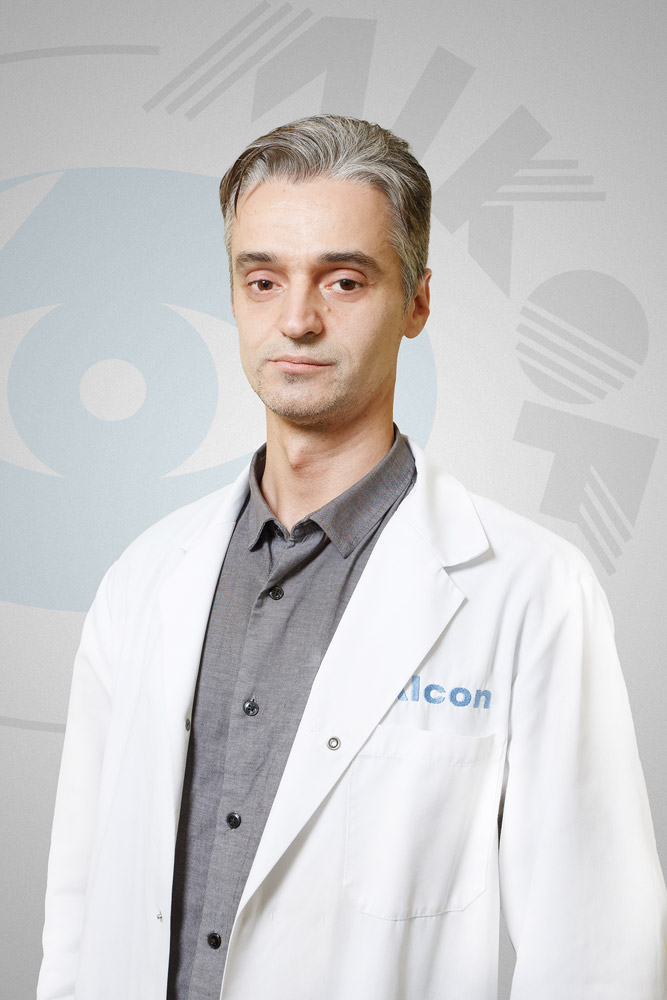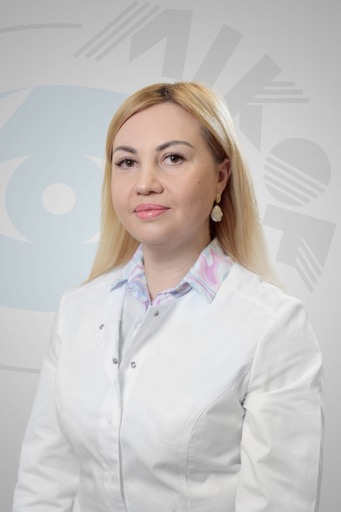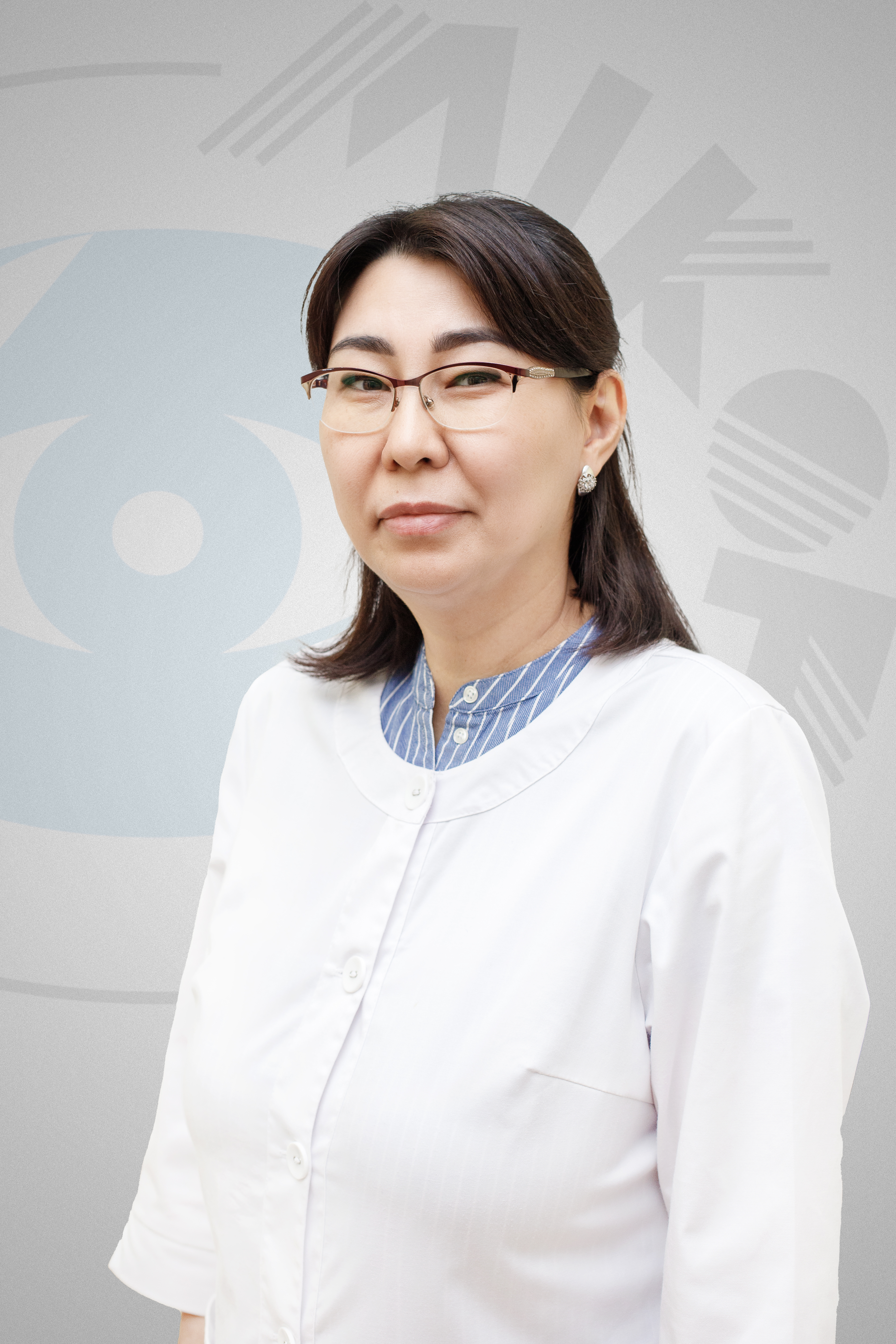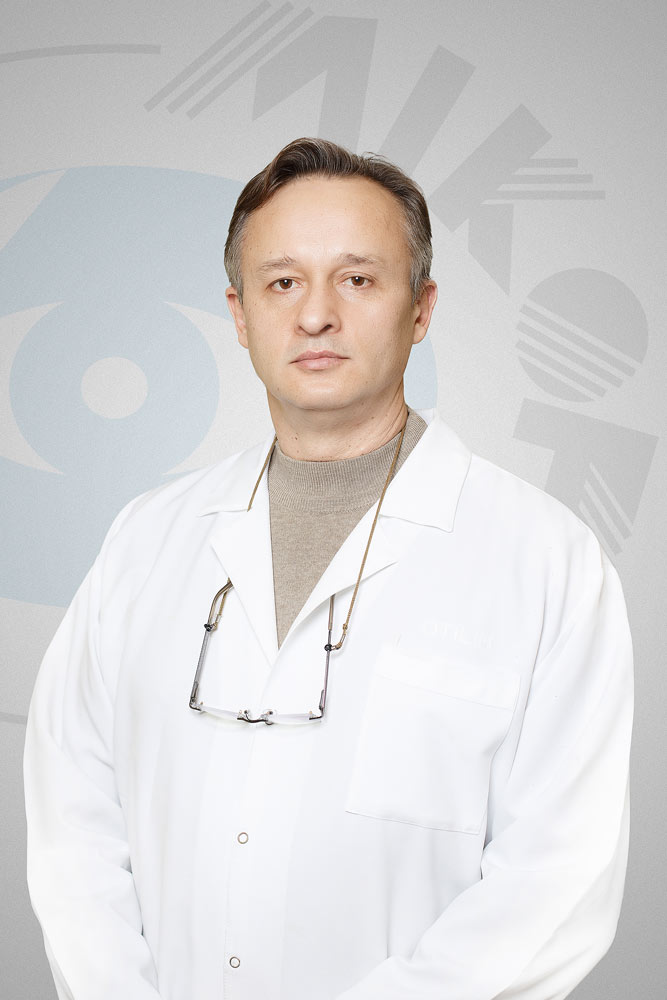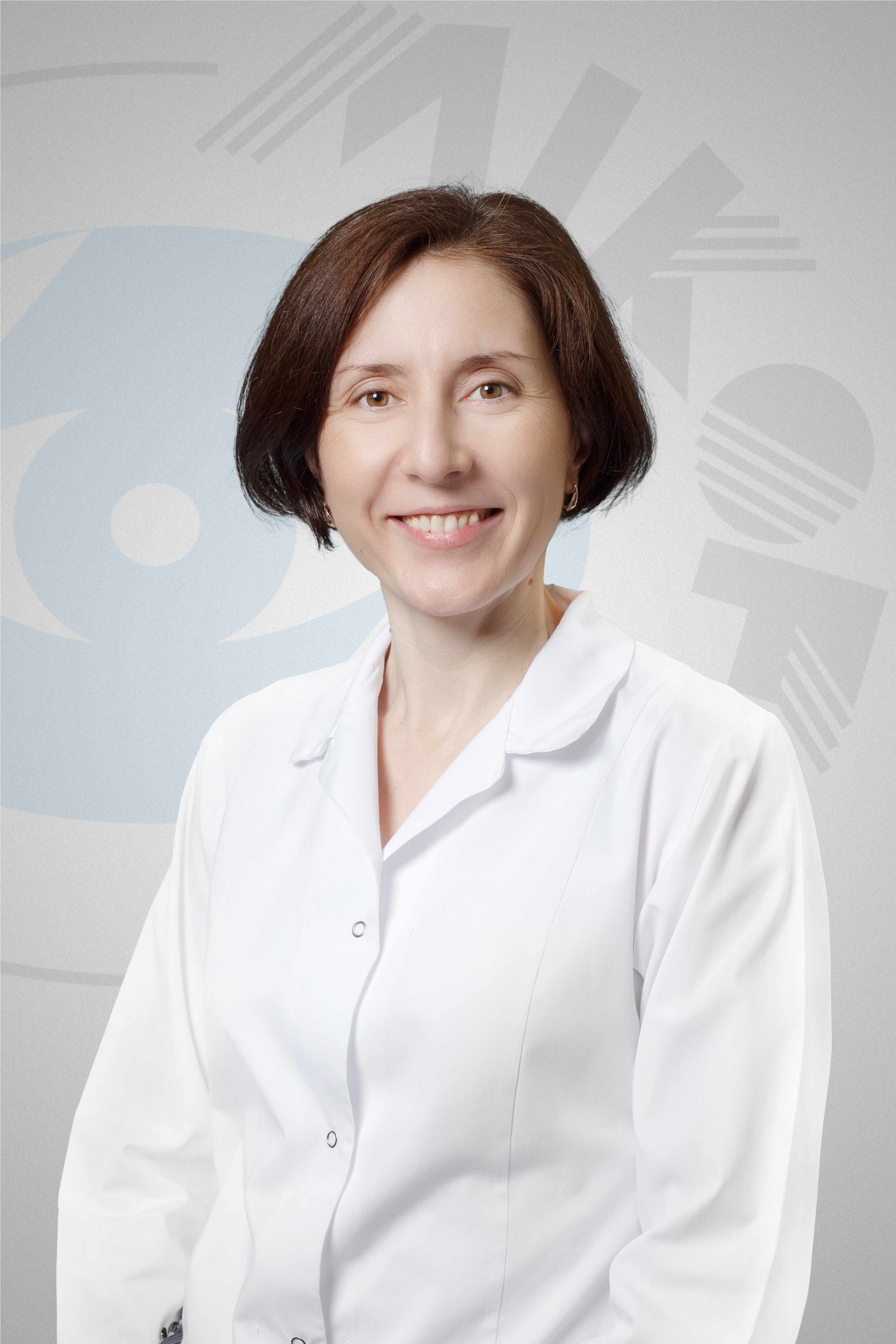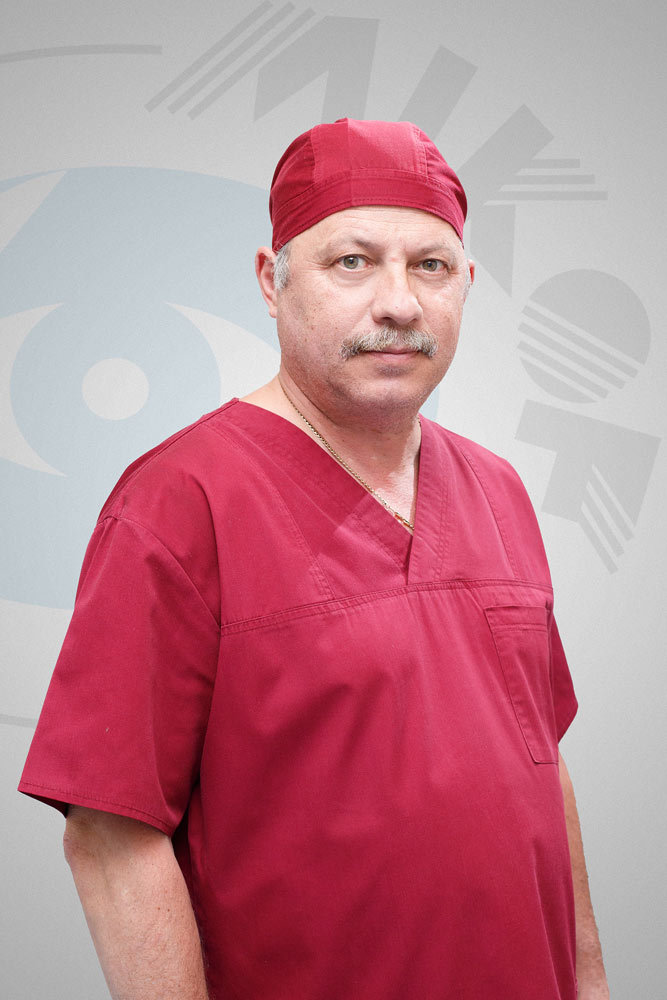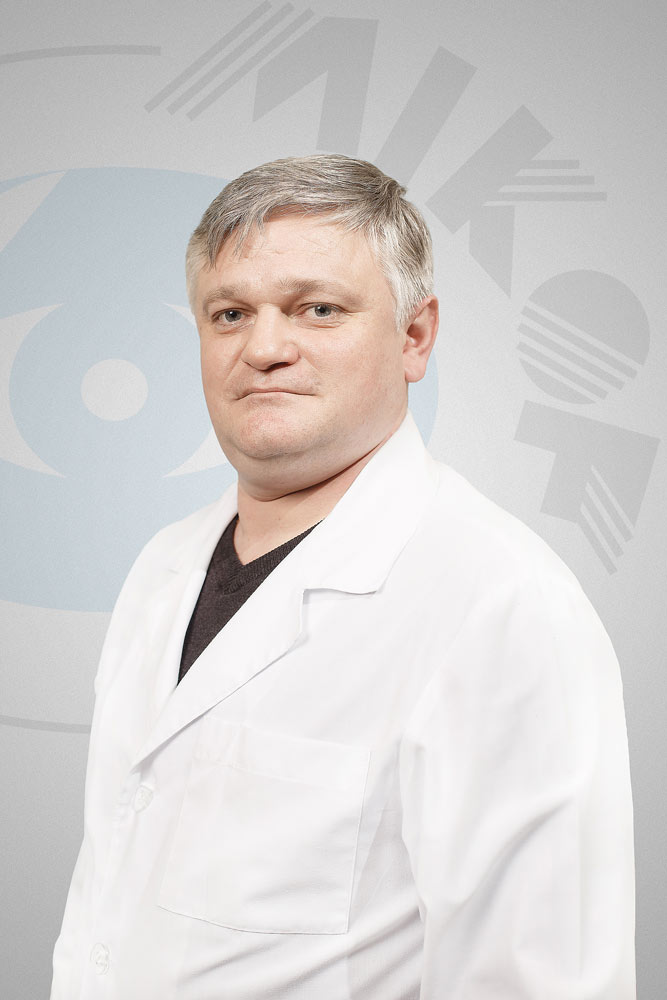Myopia
What is myopia?
Myopia (myopia) is a visual impairment in which a person sees objects close to him well, and remote from him - poorly. Myopia is very common, it occurs in both children and adults. According to the World Health Organization, 800 million people on our planet suffer from myopia.
With myopia, light rays gather in focus in front of the retina, and the image is blurry, blurry. This can happen for two reasons:
• The cornea and lens refract the rays of light too much;
• The eye during its growth is excessively lengthened, and the retina moves away from the normally located focus. The normal eye length of an adult is 23-24 mm, and with myopia it can reach 30 mm or more. An elongation of the eye by every millimeter leads to an increase in myopia by 3 diopters.
Symptoms of myopia:
As a rule, myopia develops already in childhood and becomes quite noticeable in school years. Children begin to see worse deleted objects. When trying to examine distant objects, shortsighted people often squint their eyes.
To improve vision, shortsighted people are forced to wear contact lenses or glasses with a negative value. Often they need to frequently change glasses and lenses due to visual impairment. You should know that glasses can not stop the development of myopia, they only correct the refraction of light. If vision deteriorates, and the glasses have to be changed to stronger ones, then myopia is progressing. This is due to the increasing stretching of the eyeball.
Progressive myopia is not a harmless visual defect eliminated with glasses, but a disease with serious consequences.
Stretching the eyeball leads to the fact that the inner membranes of the eye are stretched and thinner, the retina is disturbed, and visual acuity is reduced. The retina in some places “spreads”, defects appear in it and, as a result, its detachment may occur. This is the most serious complication of myopia, in which vision is significantly reduced, up to complete blindness.
Treatment:
Doctors distinguish the following main areas of myopia treatment:
• Stop the pathological growth of the eye;
• Prevention of possible complications of myopia;
• Correction of refraction of myopic eyes with the disposal, if possible, of wearing glasses and contact lenses
Stopping eye growth:
Scleroplastic surgery is performed to stop the growth of the eye. During such an operation, strips of biological materials are introduced into the eyeball, which, like a bandage, cover the eye and prevent it from stretching, while blood circulation and nutrition of all eye structures improve.
Scleroplastic surgery can be performed on an outpatient basis, their duration is from 5 to 15 minutes.
Currently, in some cases, a simplified operation is used, which is called "collagenoplasty". Its advantage is that biological material (collagen) is administered in the form of a suspension for an eyeball with a syringe. Collagen stimulates special cells located in the sclera of the eye, and they produce new scleral tissue, which prevents the sclera from stretching and eye growth.
In addition to scleroplasty, laser treatment is performed to prevent complications of myopia. The laser beam “welds” the retina to the choroid in weak places and around its gaps, preventing the most severe complication of myopia - retinal detachment.
Until the age of 18 you need to visit a doctor at least 1 time per year. The doctor will monitor the course of the disease by making changes to the course of treatment. Measurement of eye length in an ultrasound diagnostic room is the main indicator of the progression of myopia. To correct vision, you should use glasses or contact lenses, which you can pick up in the optical salon. Upon reaching 18 years, provided that the pathological growth of the eye is stopped and the prevention of complications is carried out, you may be offered a laser vision correction to get rid of wearing glasses or contact lenses.

